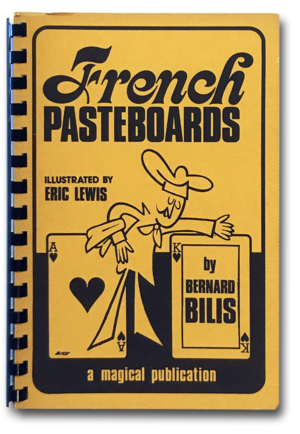Over the summer I drove through Chicago and stopped at Magic Inc and picked up Theseus by Nathan Colwell. The book is on a single trick, but has multiple methods and a bit about the journey that Nathan took to get to the different solutions to figure out the different methods.
The effect is a card is signed and torn into four pieces. Each piece is replaced by a turn corner from four different cards. When the four replaced pieces of card are turned over, they are the original signed card.
I really like the premise of the trick. It’s based on the Ship of Theseus thought problem. Essentially it’s if you took all of the parts of a ship and replaced them, is it the same ship? It’s a hell of a premise for a card transposition and great presentational connection that Nathan made!
The methods are good, and there are many of them. Just a heads up, this isn’t an self working trick to do, you will need to do some sleight of hand. That said the methods aren’t that hard if you’re not afraid to put in a little bit of work. Honestly it’s not that hard to palm a quarter of a card.
My big complaint with the book is that Nathan uses a lot of non standard techniques and unless you already know them or own the original source material, you’d have to spend and additional couple of hundred dollars on books/videos to correctly learn each method correctly. An example of this is you end up in “master palm” position. If you don’t know the palm, you don’t know if you’re doing it correctly. Nathan does give a credits and where to find the info, however a quick description of the master palm position would be helpful.
With the lack of complete descriptions considered, I still think the premise of the trick is great and if it appeals to you, get the book. There’s enough info in the book to kinda figure out the moves you don’t know, or at least get from point a to point b. That’ll give you a feel for that particular method and you can decide to invest in the source material for the moves you don’t know.
-Louie



